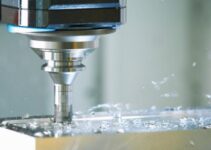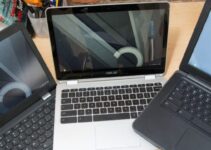Are you returning to Tamil music production and need to refresh your memory about some aspects about mixing, mastering and recording? Or are you new to Tamil music production? If either of these situations applies to you, then this article is the right one for you. We are going to explain the main principles of digital music production in a short guide.
Basics
The basics of a song or a composition are the instruments (drums, bass, keyboards, guitar and so on) and the vocal. These are what are called tracks and are basically the core of the digital production process. The process is simply how you get the sounds together, mix them, arrange them and make them sound professional. The device that enables us to makes this at home is a simple computer. No matter whether it is a Mac, PC, tablet, phone or iPad.
DAW’s/Sequencers

source: flickr.com
A DAW or a sequencer is the software that turns the computer into a music production machine. This software enables mixing, recording, and mastering of tracks is called a Digital Audio Workstation or sequencer.
Sequencers’ price can vary from free to hundreds of dollars, but the more you pay the more options you will get that will allow you to mix thousands of tracks together. If you are interested in Tamil music and the ways of digital production, we recommend that you check out masstamilan.
Sounds

source: jardinemotors.co
Where do the sounds come from and how to get them into your computer? You can record “external” sounds – vocals, acoustic instruments such as violins, guitars and pianos, or electronic keyboards and then arrange them all together in your sequencer. The files that contain the audio information, the recorded waveform of the external instruments are called digital audio tracks.
The “internal sounds” of music production are the sounds that are generated in your DAW. Most sequencers have something called “virtual instruments” that can recreate the sounds of keyboards, guitars, drum kits for you to play with a connected keyboard or even with your mouse. These sounds are well known as MIDI tracks. These notes can be easily moved around and edited by using the sequencer’s editor and dragging them around the screen.
The second type of internal sound is a sample. These are digital recordings of real sounds created by a third party manufacturer. You can get specific riffs, drum patterns, vocal parts or melodies. These can usually be bought in collections or you can get them free from various sites.
Now you know all the different ways of getting the sounds together to form a song. You can use these virtual instruments, samples and external sounds to combine them, edit them, mix them and finally create a Tamil song of your liking. In theory, this is the basics need to know to produce music yourself. For everything else, you will have to learn on your own because it all depends on your type of taste. Whether you like keeping it simple and using pure external instruments or mixing it up with complicated samples and MIDI tracks to get a more electronic vibe.




